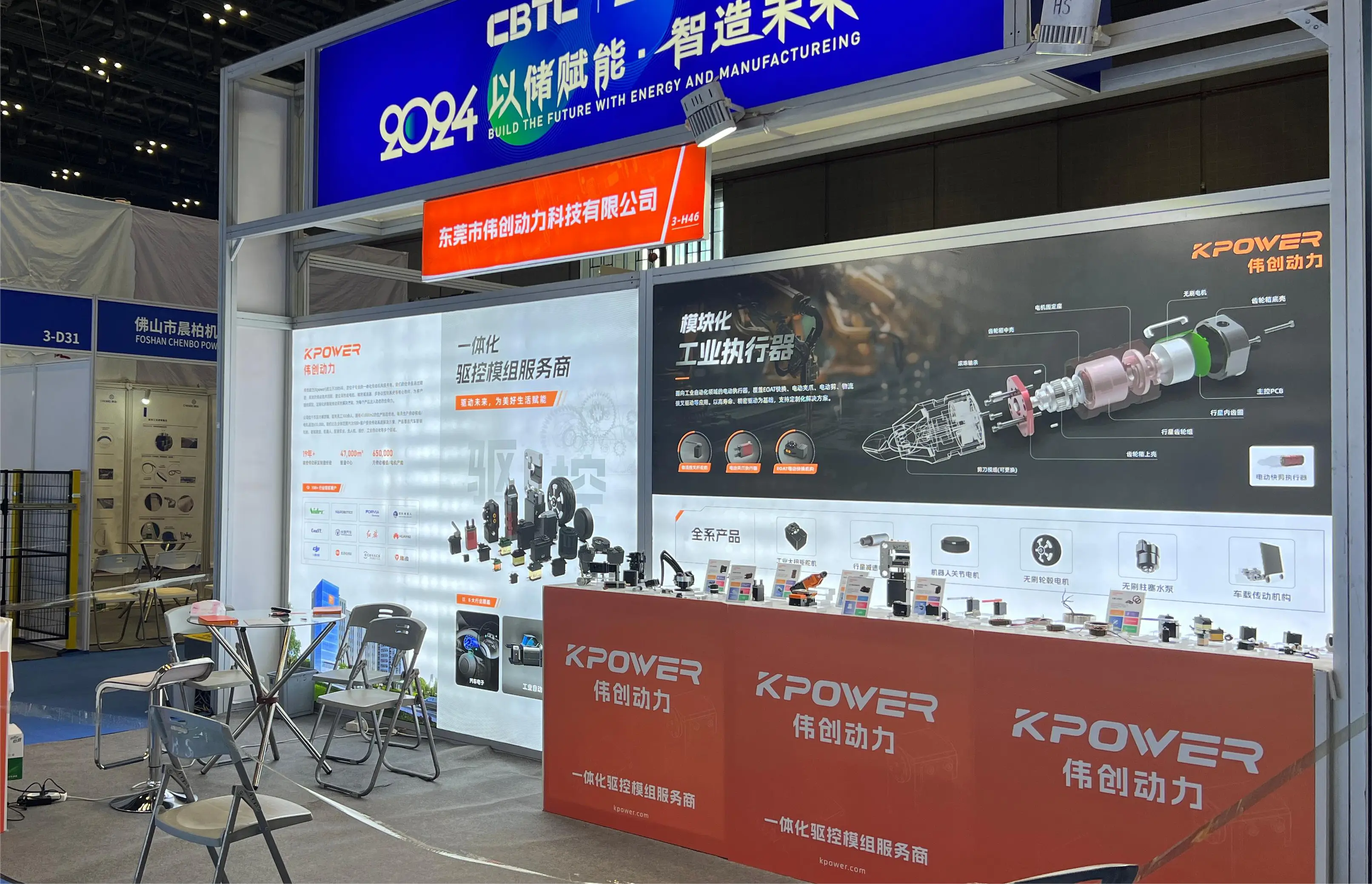Looking into brushless servo motor control circuits, what immediately jumps out is how much smoother and more efficient they make automation. You see, traditional brushed motors are like that old car — noisy, high maintenance, and prone to wear and tear. Switch to a brushless system, and suddenly, everything feels different. Quiet operation, longer lifespan, and improved precision all become part of the package. It’s the kind of upgrade that just makes sense when you want your equipment to perform at its best.

Ever wondered how these circuits work? Think of it like a conductor leading an orchestra. The control circuit directs the electric signals, telling the motor exactly when and how to spin, steady as a metronome. No brushes means less mechanical contact, which translates to fewer parts to replace, less heat buildup, and a more responsive performance. Plus, the control algorithms embedded in these circuits can adapt in real-time, adjusting torque and speed with incredible accuracy.
Now, the interesting part is how these control circuits are designed for stability. They don’t just push power randomly—they monitor feedback from the motor constantly. That feedback loop catches any tiny discrepancy and corrects it immediately. So if you’re running a robotic arm or a CNC machine, everything stays aligned, vibrations stay minimal, and the system’s overall lifespan extends accordingly.
Some might ask, is this complicated to implement? It depends. Modern modules made with integrated circuits simplify installation and tuning. But what sets a reputable control circuit apart is its flexibility—customizable parameters, robust performance under different loads, and compatibility with a variety of motor sizes. For someone asking, “Can I just plug and play?” well, the answer varies, but the best control circuits are designed to be adaptable, giving you peace of mind whether you’re working on a small device or a large industrial setup.
Choosing the right control circuit isn’t about chasing the lowest price. It’s about what fits the project. Will it handle rapid accelerations? How well does it maintain precision under load? Does it have protective features like overcurrent and thermal protection? These are questions that matter. A really good brushless servo motor control circuit is like the nervous system of the motor—it’s unseen but vital.
Getting deeper into specifics, many circuits feature PWM control, which means pulse-width modulation—kind of like how you dim a light but with more finesse. This allows for smooth speed adjustments. Advanced versions include even more features, like sensorless control, which cuts down on wiring clutter and increases reliability. It's like having a sixth sense for motor performance.
In the end, opting for a high-quality control circuit means fewer headaches and more consistent outputs. When your equipment runs smoother, everyone notices. Whether it’s in robotics, aerospace, or precision manufacturing, this kind of technology shines because it puts control in your hands. And that’s what really counts—consistent, reliable motion that lets your projects reach new heights.
Established in 2005, Kpower has been dedicated to a professional compact motion unit manufacturer, headquartered in Dongguan, Guangdong Province, China.




































